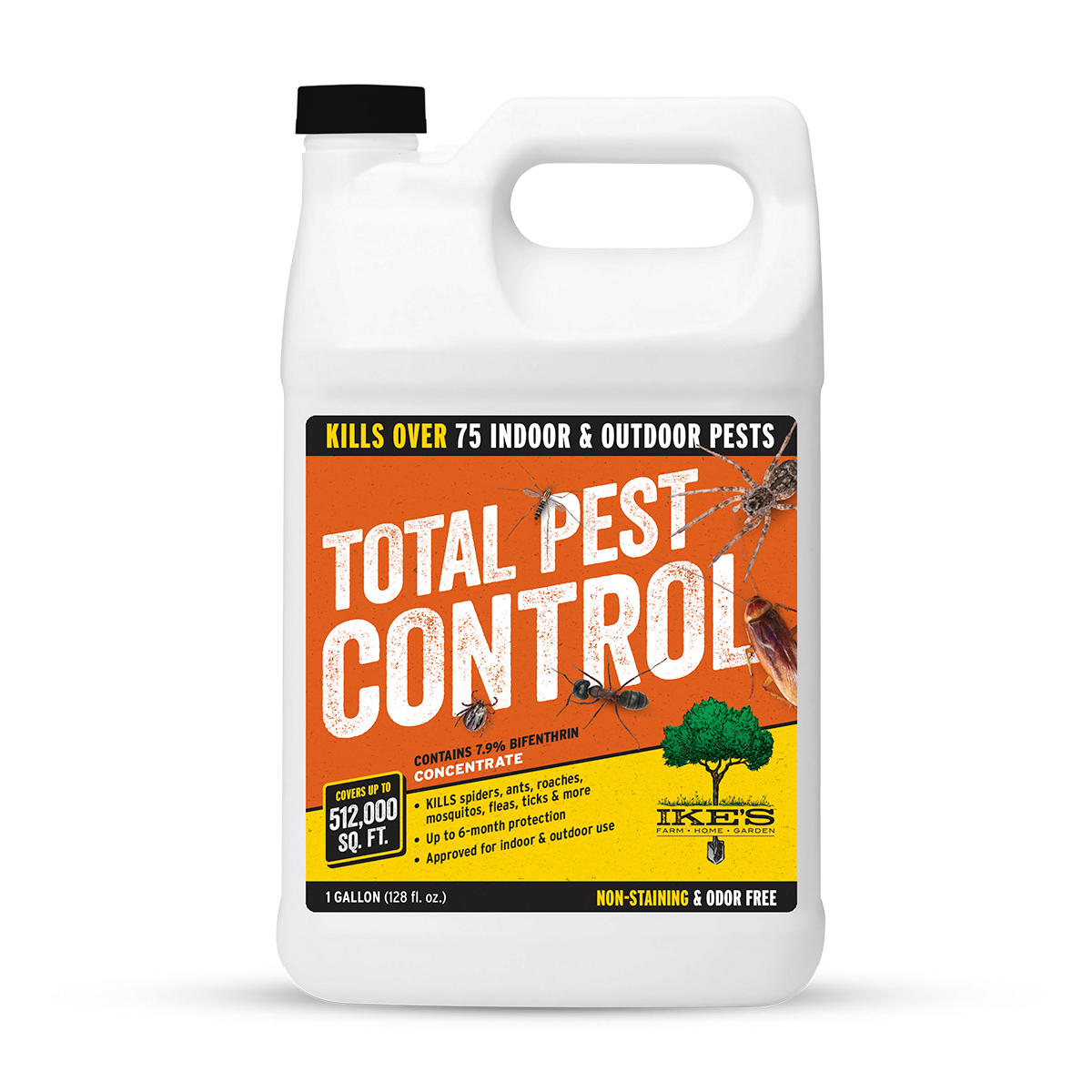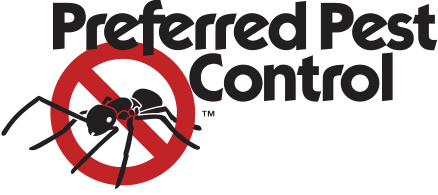Bug Control 101: Identifying Common Pests and Their Efficient Therapies
Insect control is a basic aspect of preserving a healthy and balanced living setting. Usual pests like ants, rodents, and different bugs can pose considerable obstacles. Recognizing their actions and signs of problem is essential for effective management. While chemical options exist, there are also natural options worth thinking about. As one discovers the subtleties of bug recognition and therapy choices, the relevance of prevention techniques becomes progressively evident. What approaches can really maintain bugs away?
Recognizing Ants: Types and Their Environments
Ants, small yet formidable pests, are a varied team that can be discovered in different atmospheres throughout the world. There more than 12,000 recognized species, each exhibiting distinct habits and adjustments. Usual kinds include the black yard ant, which prospers in warm areas, and the fire ant, known for its agonizing sting, widespread in warmer areas. Woodworker ants like damp timber, making them an issue for home owners, while scent-laden house ants are attracted to human food resources.
Ants build detailed nests, often underground, in wood, or within frameworks. Their environments vary from woodlands to urban setups, showcasing their versatility. Most types are social, staying in nests that can vary in size from a few dozen to millions. Recognizing the sort of ant is essential for efficient parasite administration, as each types has different nesting practices and foraging behaviors that affect control strategies. Recognizing their environments aids in avoidance and therapy efforts.
Acknowledging Rats: Indicators of Problem
Rodents, like ants, can present substantial difficulties for home owners and companies alike. Acknowledging indications of an infestation is crucial for efficient bug control. Common indicators include droppings, which are usually discovered near food resources or nesting locations; little, dark pellets that can be mistaken for seeds. Chewed wires, furniture, or packaging may additionally signify a rodent visibility, as they constantly chomp to keep their teeth manageable. In addition, house owners might discover gnaw marks on wall surfaces or baseboards. Undesirable smells, coming from pee and droppings, can suggest a larger trouble. Scraping or scampering sounds, especially during the night, are an additional dead giveaway of rodents. The existence of nests, typically made up of shredded materials like paper or material, can verify a problem. Addressing these indicators quickly can aid alleviate damages and avoid the spread of illness related to rodents.
Typical Pest Vermin: From Aphids to Termites
Pests stand for a diverse team of pests that can create chaos in gardens and homes, with varieties varying from tiny aphids to harmful termites. Aphids are little, sap-sucking insects that can rapidly infest plants, causing stunted growth and distortion. They often attract ants, which secure them from natural predators. On the other end of the spectrum, termites are notorious for causing considerable architectural damage to wood structures. They consume cellulose found in wood, endangering the stability of structures and homes. Various other usual bug parasites include cockroaches, which flourish in unsanitary conditions, and vermins, understood for their bites and problem in obliteration. Flies, especially houseflies, can contaminate food and transmit illness, while insects present health threats via their attacks. Efficient insect monitoring starts with determining these insects and understanding their actions, which is necessary for shielding and stopping invasions both property and wellness.
Reliable Therapies: Chemical and Natural Solutions
While home owners frequently look for immediate remedy for pest invasions, choosing the ideal treatment-- whether chemical or all-natural-- needs cautious factor to consider of efficiency and safety and security. Chemical options, such as insecticides and pesticides, can supply rapid outcomes but usually bring dangers, including prospective injury to non-target types and environmental problems. House owners must read tags, adhere to application standards, and think about the timing of treatments to decrease dangers.
Conversely, natural remedies, such as diatomaceous planet, essential oils, or homemade traps, allure to those looking for eco-friendly choices. They might take longer to show results, many natural therapies are more secure for families with youngsters and pet dogs. Integrated parasite management, which combines both chemical and natural methods, can also work. Inevitably, the selection between these treatment kinds must line up with the intensity of the invasion, click here personal worths pertaining to safety and security, and the details parasite being targeted
Avoidance Strategies: Keeping Your Home Pest-Free

Additionally, appropriate landscape design can hinder pests; maintaining hedges cut and eliminating particles from the yard lessens concealing locations. Homeowners need to additionally consider moisture control, as numerous pests flourish in damp conditions. Repairing leakages and ensuring proper water drainage can mitigate this threat. Using all-natural deterrents, such as vital oils or diatomaceous earth, can produce a negative environment for parasites. By applying these methods, individuals can develop a pest-free home and decrease the chance of future problems.
Frequently Asked Inquiries
Just how Do I Know if I Have a Parasite Issue?
Signs of an insect problem consist of droppings, nibble marks, nests, or uncommon sounds. Observing damaged food or building, in addition to inexplicable bites or rashes, may likewise indicate the existence of bugs in the atmosphere.
Exist Any Type Of Seasonal Insect Trends to Be Knowledgeable about?

Can Indoor Plants Bring In Insects?
Interior plants can indeed attract pests, as they provide an appropriate setting for bugs like aphids and spider termites. Pest Control Homestead. Correct treatment and regular evaluation are important to prevent infestations and preserve plant health
What Are the Health And Wellness Risks Connected With Bug Infestations?
Bug infestations position different health risks, including allergies, respiratory system concerns, and the spread of diseases. Direct exposure to bugs like rats and bugs can cause infections, bites, and contamination of food and living atmospheres.
Just how Frequently Should I Check My Home for Bugs?
Routine assessments need to take place a minimum of once every season, guaranteeing any kind of indications of bug task are identified early. Home owners might readjust regularity based on their specific setting and previous parasite concerns. Consistency is key.
Usual insects like ants, rodents, and numerous insects can position substantial difficulties. Identifying the kind of ant is necessary for efficient bug monitoring, as each types has various nesting routines and foraging behaviors that influence control methods. While property owners frequently seek immediate relief from bug infestations, picking the appropriate treatment-- whether chemical or all-natural-- requires mindful consideration of efficiency and safety. Reliable insect control expands past immediate treatments; it likewise includes proactive actions to protect against problems before they start. Seasonal parasite trends usually consist of enhanced rodent task in autumn as they look for warmth, while spring usually brings an influx of ants and termites.